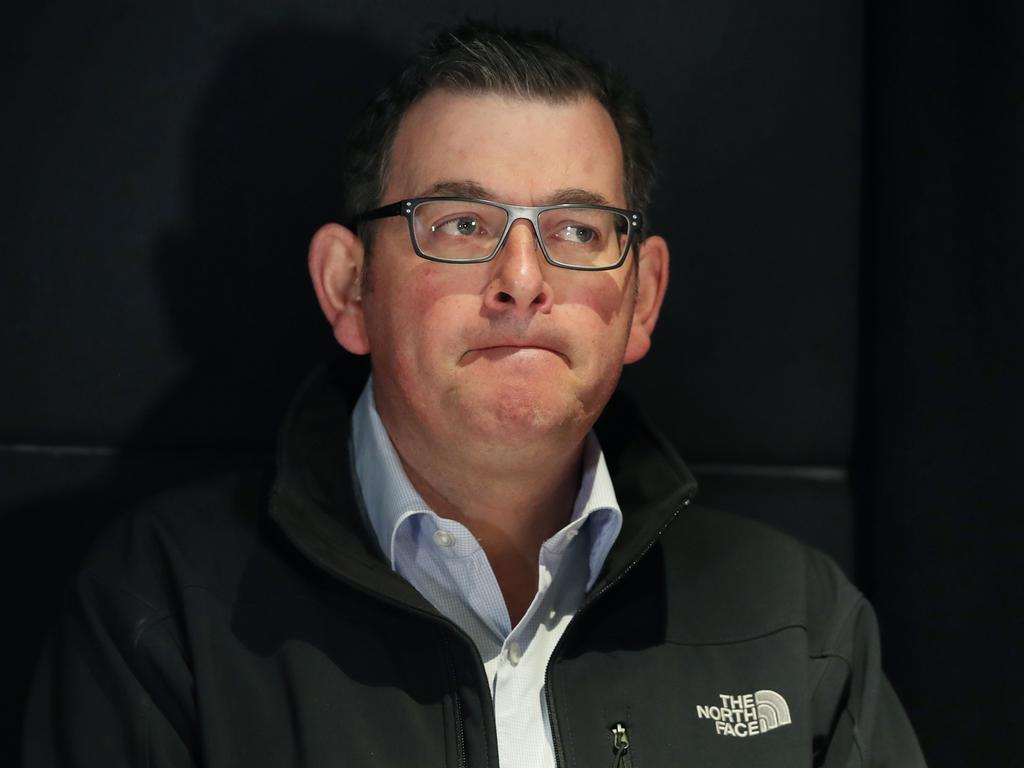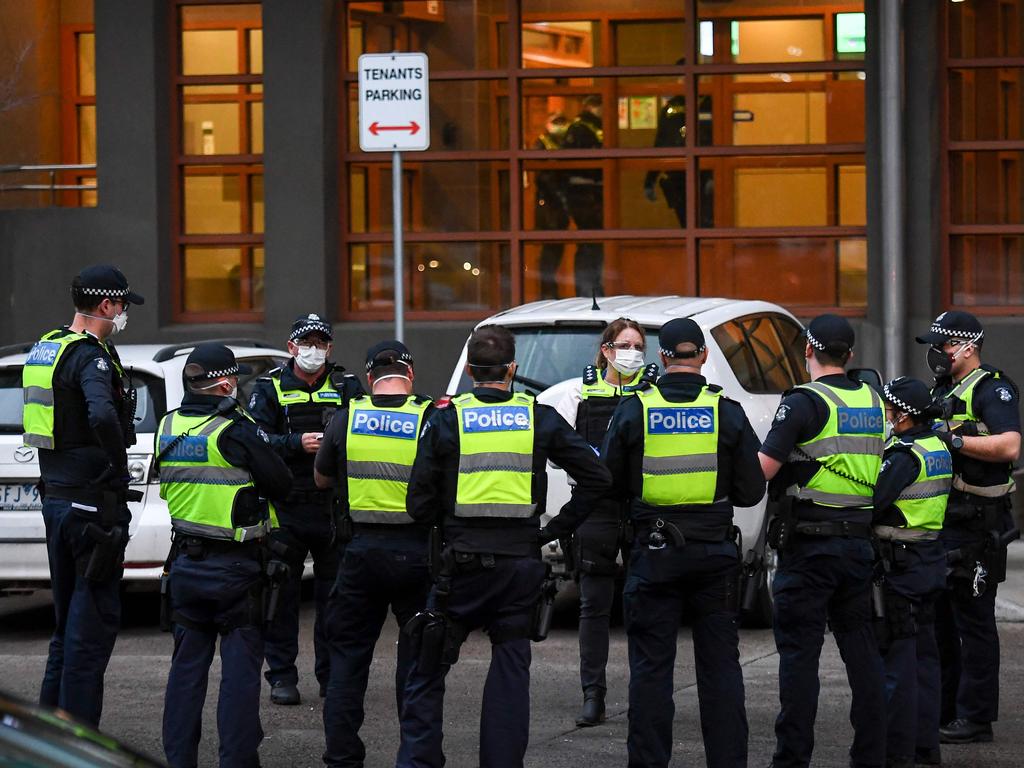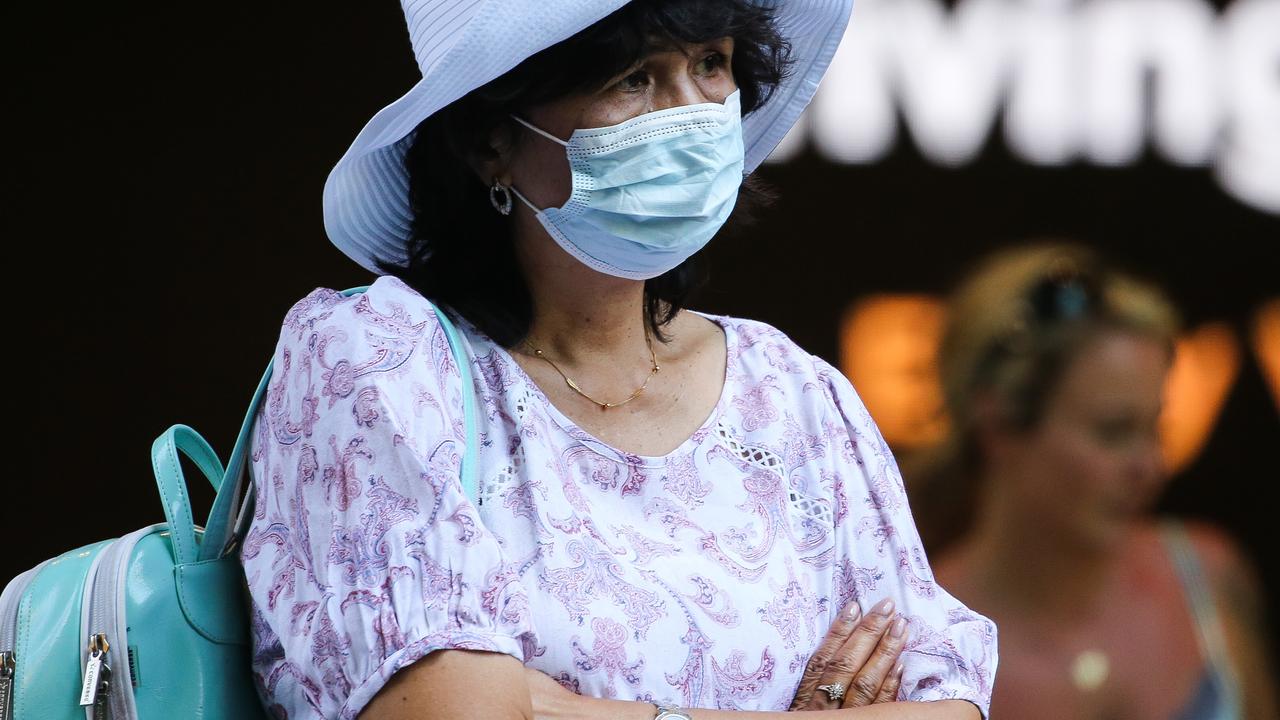Coronavirus Victoria: Where the new cases are coming from
Victoria has recorded its biggest spike in COVID-19 cases since the pandemic began. Here is where the new infections are coming from.
Victoria has recorded its highest number of new COVID-19 cases since the pandemic began, with 127 infections detected overnight.
There are now 2660 cases across the state, with 645 of those active.
Speaking at a press conference this morning, Premier Daniel Andrews broke down where the new cases came from:
• 34 of the new cases are connected to known and contained outbreaks
• 40 are the result of routine testing
• 53 are under investigation.
The cases detected from routine testing is from people who go into to be tested.
The cases that are under investigation mean authorities are unsure how the person caught the virus and where it is linked from.
RELATED: Follow the latest coronavirus updates

Chief medical officer Professor Brett Sutton broke the numbers down even more, revealing the clusters some of the cases have been linked to:
• 26 new cases have been linked to public housing towers, including 16 from today and an additional 10 from earlier numbers
• One new case has been linked to the Taragnina family outbreak. They are a close contact of a known case.
• Two new cases have been linked to the Paterson Lakes/Lysterfield family outbreak
• One new cases linked to the Camberwell outbreak.
Prof Sutton said while many of the cases have been picked up in the state’s hotspot, there were still a “significant number” detected outside of the lockdown zones.
“There’s significant spillover and so to use the bushfire analogy – there are literally spot fires adjacent to those restricted postcodes,” he said.
“But people are absolutely being engaged in those areas so there’s lots of doorknocking, there’s lots of test that’s occurring and so we’re picking up the cases in those adjacent postcodes, but they’re not only in those restricted ones.”

Prof Sutton conceded that 127 is “clearly a big number” of new cases.
“Nobody wants to see it, but we do have a very clear picture on a daily basis with the record test numbers that we’re doing,” he said.
“So we do have a picture of how it’s trending and we do know increasingly that we’re seeing them in outbreaks and it’s not to dismiss outbreaks because every leads to cases that require hospitalisation, some of whom go to ICU and puts people’s lives at risk but we know where they occur and we know how to manage and control them.”
He said it is the overall number of new cases that authorities need to keep an eye on.
“It’s been an up and down last few days in terms of numbers. We need to see those trends over a longer period of time,” Prof Sutton said.
“We need to go into the detailed epidemiological review postcode by postcode, the heat maps that we look at everyday in terms of where cases are occurring, and how that’s shifting over time.
“So it’s a concerning number, no doubt, but we’re continuing to look at those numbers over time to best inform decisions.”




